Starting as a Field Engineer – what’s in your toolkit – part 3
If you are a new field engineer either starting your first job, or switching into field engineering from another role or industry, you may be wondering about tool bag advice:
What should I include in my tool bag?
Is there anything really useful that I may not have considered?
How can I carry everything?
Following our first two articles,
Starting as a Field Engineer – what’s in your toolkit
We have had more advice from experienced and veteran Field Engineers for part 3.
This time the advice includes cotton buds.
Field Engineers share their advice about what needs to be in your tool bag
CT/MRI Field Service Specialist in Brazil


Julio Carvalho was not originally an engineer. His background is in cyber security. A friend asked him to move to the area of medical equipment and they began to work together.
The amount of new information with this change was enormous, but made easier for two reasons:
Help and support from colleagues
The fact that imaging equipment has a lot in common with the servers he was used to managing.
He continues to learn and often speaks with colleagues from different countries about the problems presented and possible solutions.
Julio works for HexaMedical.
The tools and tool bag advice
What is in your tool kit/bag which is nonstandard but really useful?
Amazingly, my least common tool is a set of wrenches and ratchets. Although simple, having small tools is very useful for removing boards or making adjustments in places with little space. Not to mention that a kit like this takes up much less space in the bag than having the tools independently.
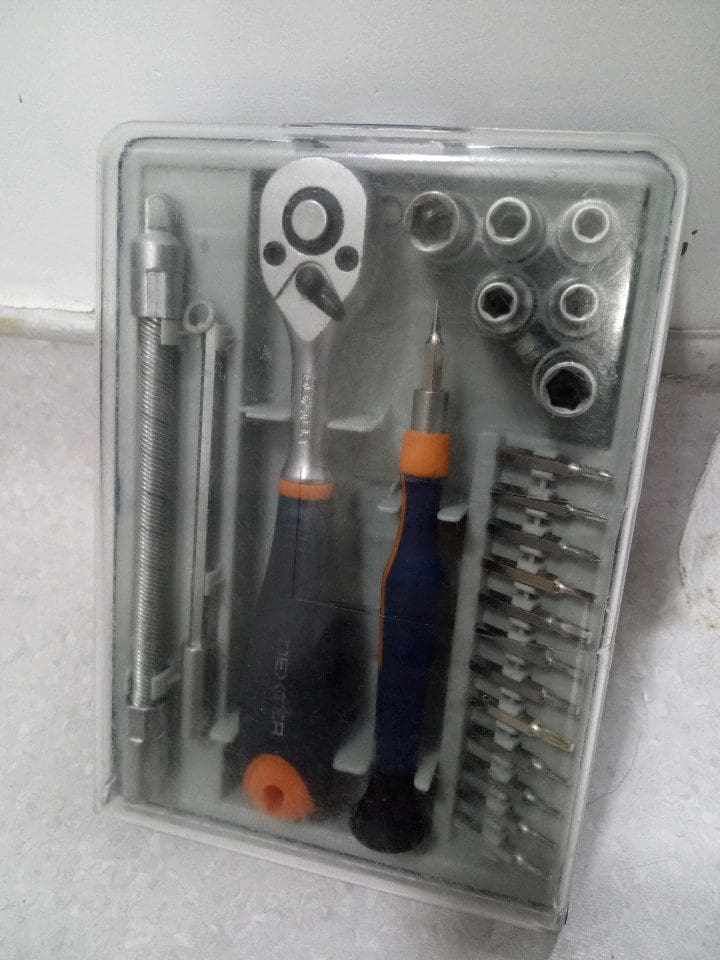

Which tool could you not work without?
A good screwdriver is essential, in addition to cutting pliers and hex keys. With these five, it is possible to open and dismantle 90% of the equipment. I am nothing without them.


What’s the best bag, box or case you have ever used?
I prefer a bag.
I keep the most common tools in it. In addition to the essentials, I always have a multimeter, soldering iron, electrical tape, contact cleaner, WD40 and gloves. In the car I have a suitcase with special tools for heavier work.


What is the best piece of field engineer advice you have ever been given?
The best piece of advice was one of the first.
“Have the patience to analyse the problem and keep yourself in a comfortable position to perform the activity without hurting yourself or damaging the equipment.”
A piece of advice for anyone thinking about starting in the area is to study and dedicate yourself. You will see the importance of work when doctors and nurses thank you and let you know that because of their and your work, many lives are being saved. This is priceless.
Field Service Engineer in Egypt
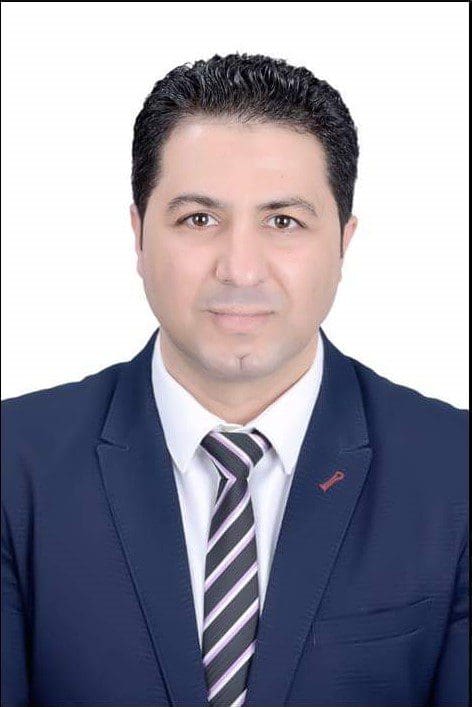

Ahmed El-Naggar graduated in Chemistry in 2003 and then gained a Postgraduate diploma in Analytical Biochemistry in 2006.
His first job role was as a Laboratory Manager for pesticide residues analysis using chromatography techniques.
He then moved from food testing to antidoping testing for athletes. This used high end chromatography hyphenated with mass spectrometry techniques.
After this he changed again leaving the lab to go into the field as an application support / sales specialist for chromatography/mass spectrometry techniques.
Current role
Most recently he has moved away from analytical techniques (small scale systems) to the factory scale or production scale biopharma field (large scale systems). He works for Cytiva and is based in Egypt.
Ahmed says that he is always thrilled to learn new technologies that are pioneers in his country or region. That’s a powerful motivator for him.
The tools and tool bag advice
I have the Gerber Diesel Multi-Plier.
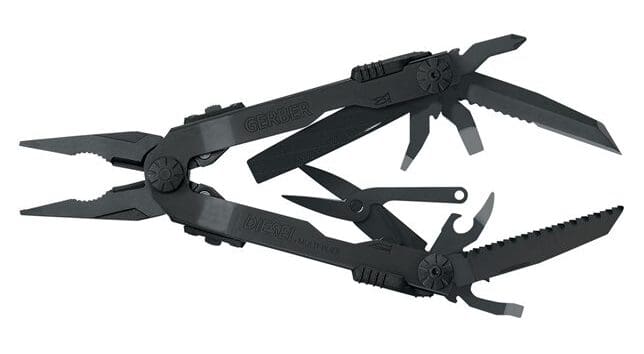

Which tool could you not work without?
My short answer is the Multimeter.
My more detailed answer is that it will be system design dependent related to function. For example:
gas or liquid flow meter
temperature meter
stopwatch
pressure meter
tachometer
angle meter
What’s the best bag, box or case you have ever used?
Pro’sKit bags are the best I have used.
Biomedical Equipment Technician in California


Francesca Fam is a Certified Biomedical Equipment Technician (CBET) working for Stanford Health Care. She is based in California.
The tools and tool bag advice
What is in your tool kit/bag which is nonstandard but really useful?
Something nonstandard but really useful in my tool bag is a pair of surgical tweezers.
Which tool could you not work without?
I couldn’t work without a screwdriver.
If I absolutely had to choose, I’d pick a Philips #2 size 2. I seem to use that the most.
What’s the best bag, box or case you have ever used?
I don’t have a preference on tool bags or boxes.
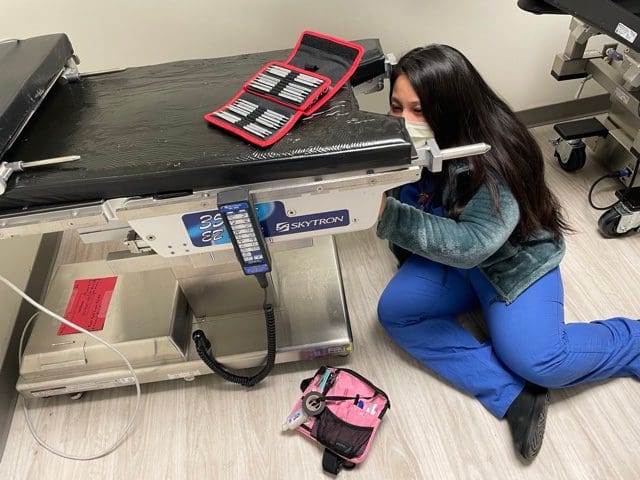

How can you protect your back when carrying and working?
I protect my back by lifting with my knees, using a cart/dolly whenever possible (or getting one of the men to do the heavy lifting lol), and doing core exercises at home.
What advice would you give yourself the day you started as an engineer?
The advice I would give myself the first day I entered this field (even though I am an in-house biomed now) would be to enhance your skill set- whatever it may be.
Go to trade school if you’re thinking about getting into the field.
Take an online class.
Find a company that sends you on training courses.
Do anything you can to improve yourself.
I feel like I waited too long, and now I am playing catch up. Currently, I am taking a computer networking class online in preparation to take the Net+ exam. I could have done that years ago.
I would also tell my younger self to not be so intimidated by the fact that this is a “male dominated” field; don’t second guess yourself so much.
Biomedical Engineer from Syria
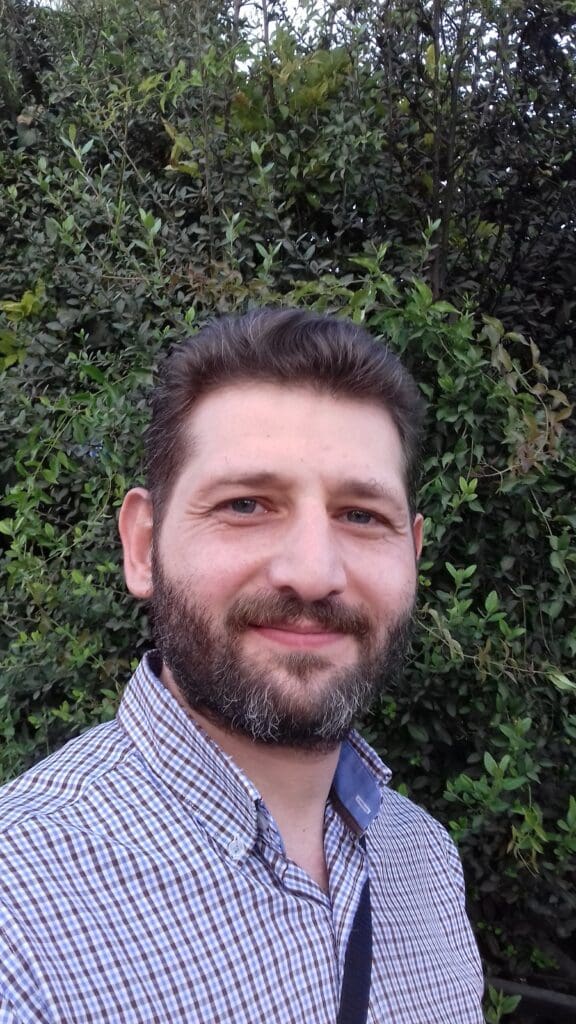

Muhammad Hasan Sandouk has been a biomedical engineer since 2008. He has worked on a wide range of medical devices and equipment for:
Ophthalmology
Radiology
Dermatology
He has also worked as a field service engineer fixing and maintaining excimer laser systems and maintaining cath lab systems.
Muhammad works for Al Shetta for Technical Engineering and is based in Syria.
The tools and tool bag advice
What is in your tool kit/bag which is nonstandard but really useful?
One of the most useful things is cotton buds. They are so useful for cleaning optics.


Which tool could you not work without?
By far the most important tool for me is the multimeter.
What’s the best bag, box or case you have ever used?
I am happy with any small bag which I can put the necessary tools in.
Which multimeter do you use?
Well, because of the current situation here, we don’t have expensive multimeters. So, we make do and improvise.
If I have a choice, I prefer Fluke and Sanwa.


Ideally, I would use a true-RMS (root mean square) device.
We use this kind of device to measure signals that are not measurable with usual multimeters.
What is the best piece of field engineer advice you have ever been given?
The best advice I have ever had, and which I pass on is:
“To be as cool as an iceberg.”
Senior Biomedical Engineer in Qatar


Azhar Muhammad is a Senior Biomedical Specialist at Aman Hospital. He installs, test, calibrates and repairs biomedical equipment. He also trains users.
The tools and tool bag advice
Which tool do you carry with you which is not medical but really useful?
I carry a set of Allen Keys as I need them for just about every task.
Which tool could you not work without?
The key thing I work with are analysers and I carry four.
The equipment I work on is divided into:
Category 1 which is lifesaving equipment – e.g., a ventilator or defibrillator
Category 2 which is for standard/routine use – e.g., a vital sign monitor
Types of Analysers
The four analysers are:
Electrical Safety Analyser (EST)
I use this on all equipment to check that all parts are safe and will function correctly. If the electricity drops, then there could be a huge risk to a patient.
Defibrillator Analyser
A defibrillator is an electronic device that automates the delivery of an electric shock to the heart to restore its normal rhythm, defibrillators are critical in saving lives in emergencies such as sudden cardiac arrest and dangerous irregular heart rhythms (ventricular tachycardia, etc.).
What if the devices aren’t working properly? The results can be seriously harmful or even fatal. The best way to make sure your Defibrillator is functioning properly is to test it periodically (e.g., following its manufacturer’s recommended interval or every six months}. The testing procedure is specified in the service manual for the particular model. It is important to comply with the manufacturer’s specifications for regular defibrillator testing to ensure the device operates accurately. Such analysers measure the output energy delivered by the defibrillator. They may automate the inspection and preventive maintenance testing of defibrillators. They must test at least five basic defibrillator performance features: charge time, discharge energy, synchronised-mode operation, ECG monitoring, and automated external defibrillation functionality.
Gas Flow Analyser
For example, I use this to check a ventilator/anesthesia ventilator and whether it is measuring oxygen in and carbon dioxide out correctly. We test once a month and with the analyser it is as if we are testing it on a real person.
Proper function and maintenance can be the difference between life and death for a patient. Best practices for the delivery of anesthesia require complete anesthesia delivery system testing. Some key points in best practice are as follows.
The first step is to obtain and understand the requirements for performance and safety from the service manuals. Once the specifications are noted, the medical gas delivery system should be tested for all modes of ventilation. Test points and ranges should be checked with standardised test equipment. The test procedure should be validated and put under version control. Test and inspection frequency should be set based on the service manual or a risk-based assessment.
Tachometer and Multimeter
A tachometer checks speed or rate and a multimeter checks current, voltage and resistance. So, these are used for all sorts of medical equipment – e.g., test tubes in a centrifuge
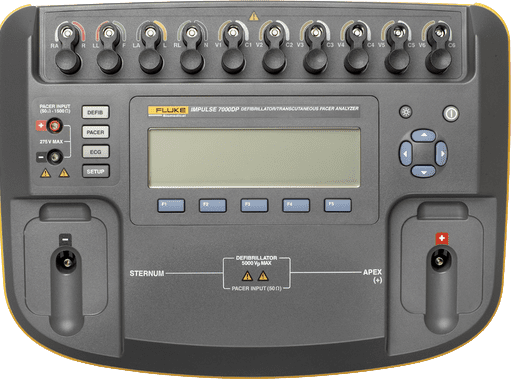

Advice
What is the best piece of advice you have been given as a biomedical engineer?
Sometimes we work on machines which are not in use, but we are also called when a machine is in use and malfunctions. This is always more urgent and more stressful.
For example, we may be called to the operating theatre by a doctor or nurse as they have never seen the reading on a particular machine before. In general, there is a lot of panic to deal with and of course time pressure. As well, it can be a piece of equipment you haven’t worked on before.
The advice I was given, and I would pass on to other engineers is to do this:
Stay calm and appear calm
Look for the model number
Go to Google
Download the manual
Look up the code
If it means a part needs to be replaced, you might be in trouble! However, if something just needs adjusting, then you will know what to do.
Further reading and tool bag advice
Starting as a Field Engineer – what’s in your toolkit
Starting as a Field Engineer – what’s in your toolkit – part 2


One thing I would recommend after 30 years in the business is don’t skimp on tool quality. Cheap Allen/Hexkey sets will strip the inside if heavy pressure is applied. Same goes for wrenches and sockets. While adjustable wrenches have their uses if there is any slop in the adjustment or jaws get a new one. If you need one that exceeds the jaws of a 6 inch wrench, get the correct open end box end. Make sure your direction of pressure on an adjustable is not against the clamping side; it’s rounded edges just waiting to happen.
I bought my first set 30 years ago and I’m still using them. I’ve had to replace a few items because they fell 30 feet and bounced who knows where but I don’t think any have failed. Finally get a quality flashlight I have a usb rechargeable Fenic that I’ve charged 5 or so times in 3 years, it comes with 6 levels of brightness ranging from your basic mag light to something approaching the face of the sun.
Thanks for your Insights Don. Great comment.
Very Useful
Hi Mohammed, thanks for the comment. Which parts of the article did you find the most useful?